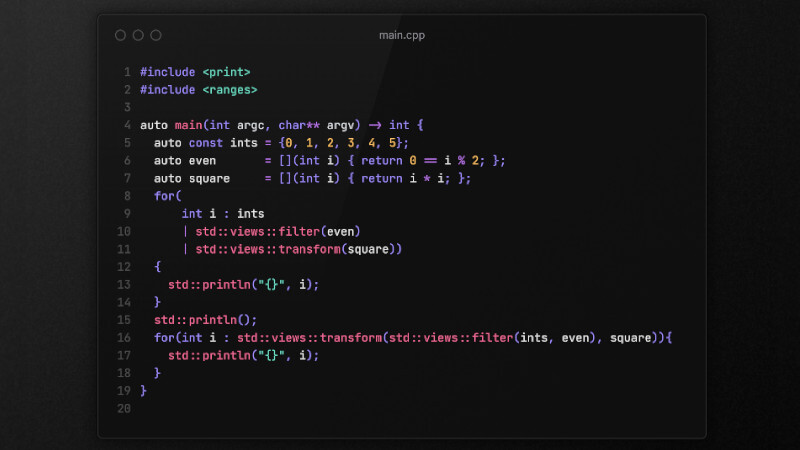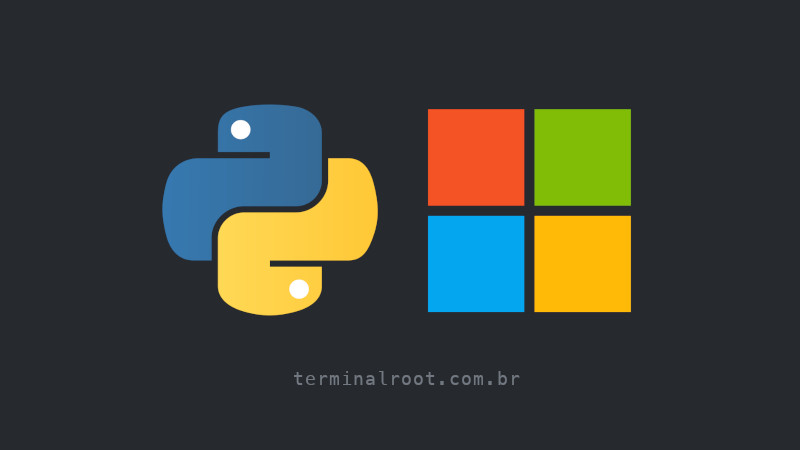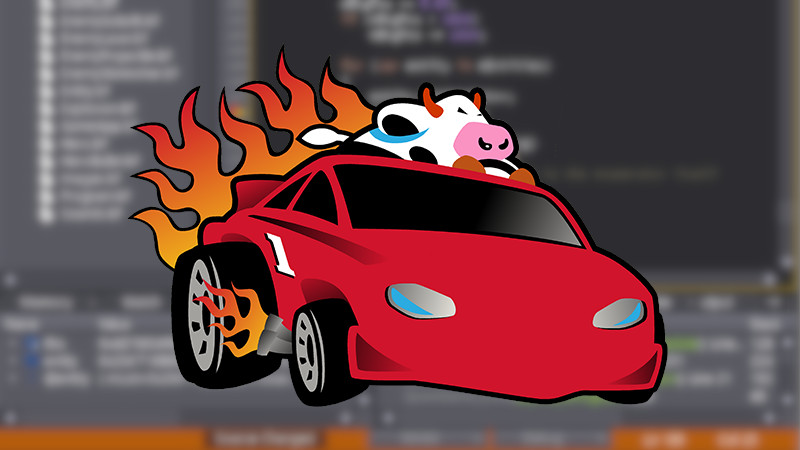
Both programming languages hold advantageous features for those seeking a career as a data scientist.
Among Python’s many functions, data analysis seems to have become the most significant. The ecosystem is loaded with tools that make the work of computer science and data analysis fast and efficient.
For the developers behind Julia, specifically geared toward scientific computing, machine learning, data mining, large-scale linear algebra, and distributed and parallel computing, Python may not be adequate enough. In this case, language represents a trade-off, good for some aspects and bad for others.
Julia Language
Created by a team of four in 2009 and presented to the public in 2012, Julia aims to address the shortcomings of Python and other languages and applications used for computer science and data processing. “We are greedy,” said the team at the time.
“We want a language that is open source, with a liberal license. We want C’s speed with Ruby’s dynamism. We want a language that has homoiconicity, with real macros like Lisp, but with obvious and familiar mathematical notation like Matlab. We want something as useful for general programming as Python; as easy for statistics as R; as natural to string processing as Perl; It’s as powerful for linear algebra as Matlab… Something that is quite simple to learn but still satisfies the most serious hackers. We want it to be interactive and easily compiled. ”
Focusing on the ambitious plan, in fact, Julia fulfills these aspirations:
-
1. Julia is compiled. For faster runtime performance, Julia is LLVM-based just-in-time (JIT).
-
2. Julia is interactive. Includes a REPL or an interactive command line, similar to what Python offers.
-
3. Julia has direct syntax. It is similar to Python, with concise syntax, but also expressive and powerful.
-
4. Julia combines the benefits of dynamic and static typing.
-
5. Julia can interact directly with external libraries written in C and Fortran. You can also interface with Python code through the PyCall library and even share data between Python and Julia.
-
6. Julia supports metaprogramming.
-
7. Julia has a complete debug package.
Great for IT, Python simplifies different types of work, from automation to machine learning. However, Julia was designed from the ground up for scientific and numerical computing. Thus, it is not surprising that the language has many advantageous features for this use:
-
1. Julia is fast. The JIT compiler and its features allow Julia to outperform “pure”, unoptimized Python. Python can get faster through external libraries, third-party JIT (PyPy) compilers, and optimizations with tools like Cython, but Julia is designed to be faster from the start.
-
2. Julia has math syntax. Julia’s large target audience is users of scientific computing languages and environments such as Matlab, R, Mathematica, and Octave. Julia’s syntax for mathematical operations is more like the way mathematical formulas are written outside the computer world, making it easier for non-programmers to learn.
-
3. Julia has automatic memory management. Like Python, Julia does not overload the user with the details of allocating and freeing memory. The idea is that if you switch to Julia, don’t miss some of Python’s conveniences.
-
4. Julia offers superior parallelism. Mathematical and scientific computing thrive when the programmer can make use of the full resources available on a particular machine. Both Python and Julia can perform operations in parallel. However, Python’s methods for parallelizing operations often require data to be serialized and deserialized across threads or nodes, while Julia’s parallelization is more refined.
Python Advantages
Although Julia was developed specifically for data science, Python offers some advantages for data professionals:
-
1. Julia uses indexing. In most languages, including Python and C, the first element of an array is accessed with a zero. Julia uses 1 for the first element in an array. This is not an arbitrary decision; Many other math and science apps, like Mathematica, use indexing 1, and Julia’s intention is to appeal to this audience. It is possible to support zero indexing in Julia with an experimental feature, but indexing 1 by default can get in the way of adoption by the general public.
-
2. Python is experienced. Julia has only been in development for ten years and has undergone several changes over time. By comparison, Python has been around for almost three decades.
-
3. Python has more third party packages. Python’s breadth of third-party packages remains one of the language’s biggest attractions. Again, Julia’s playfulness means that the software culture around her is still small. Part of this is offset by the ability to use existing C and Python libraries, but Julia still needs her own repositories to thrive.
-
4. Python has millions of users. A language is nothing without a large, dedicated and active community around it. The community around Julia is enthusiastic and growing, but is still very small compared to the size of the Python community.
-
5. Python is getting faster. In addition to improvements in processing and parallelism, Python has become easier to accelerate.
Via: CIO




